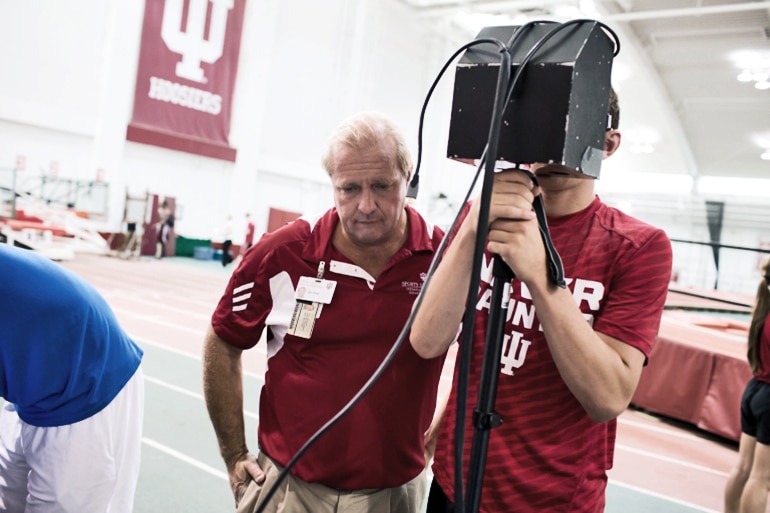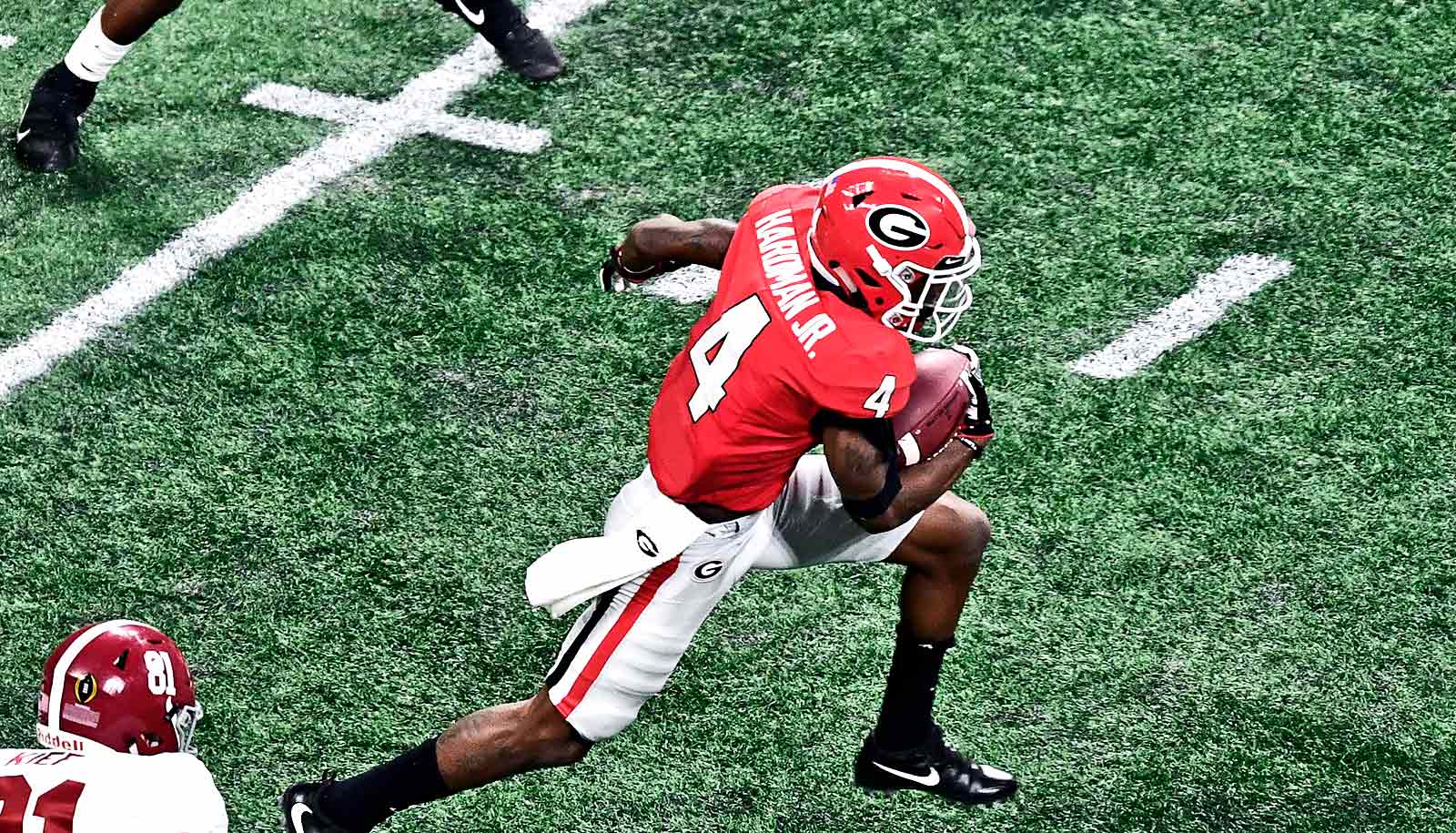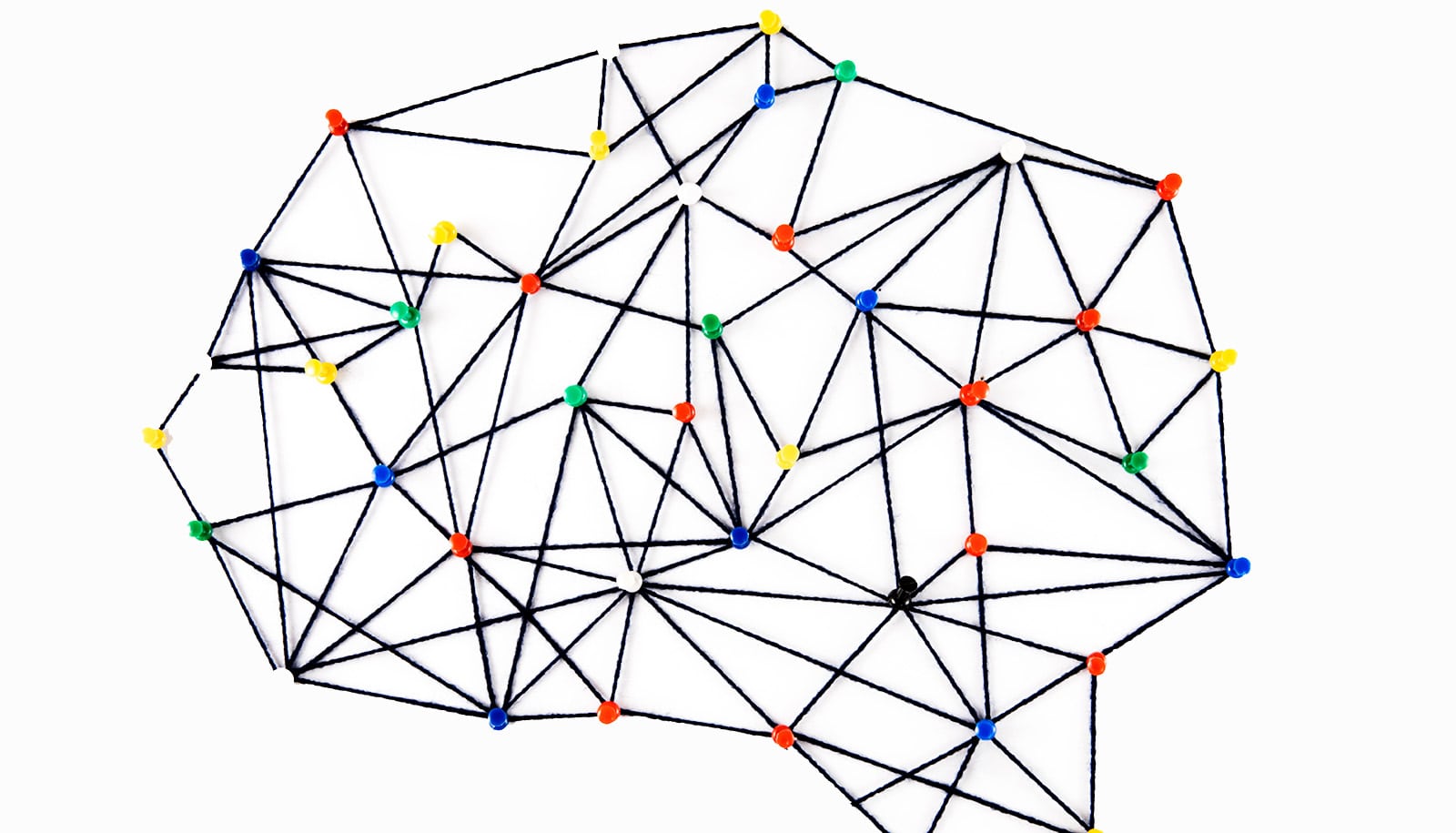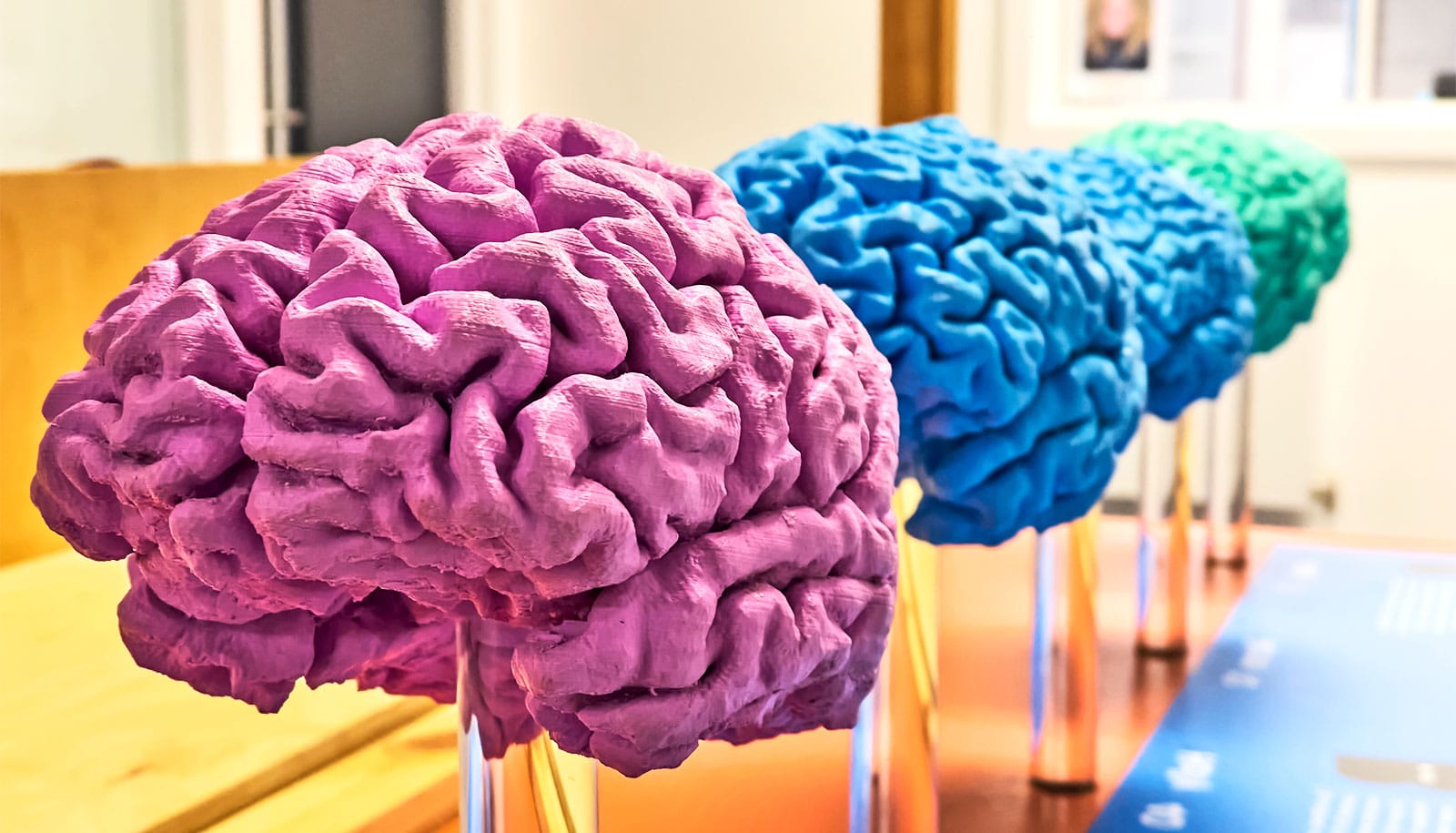Researchers have found differences in the brains of athletes who participate in contact sports compared to those who participate in noncontact sports.
Researchers observed the differences as both groups were given a simple visual task. The results could suggest that a history of minor but repeated blows to the head can result in compensatory changes to the brain as it relates to eye movement function. Or it could show how the hundreds of hours that contact sport players spend on eye-hand coordination skills leads to a reorganization of the brain in the areas dedicated to eye movements.
While more research is needed, senior author Nicholas Port says the findings contribute important information to research on subconcussive blows—or “microconcussions”—that are common in sports such as football, soccer, ice hockey, snowboarding, and skiing.

Interest in subconcussions has grown significantly in recent years as the long- and short-term risks of concussions—or mild traumatic brain injury—have become more widely known and understood.
“The verdict is still out on the seriousness of subconcussions, but we’ve got to learn more since we’re seeing a real difference between people who participate in sports with higher risk for these impacts,” says Port, an associate professor in the Indiana University School of Optometry. “It’s imperative to learn whether these impacts have an actual effect on cognitive function—as well as how much exposure is too much.”
To conduct the study, researchers scanned the brains of 21 football players and 19 cross-country runners using fMRI technology.
The researchers focused on these sports because football is a physical game in which small but repeated blows to the head are common, whereas cross-country is extremely low risk for such impacts. The contact sport players did not have a history of concussion, but these sports are known to lead to repeat subconcussive blows.
AI can detect athlete’s concussions years later
The researchers also scanned the brains of 11 non-college-level athletes from socioeconomic backgrounds similar to the football players to ensure their scan results were not rooted in factors unrelated to their sport.
The differences in football players’ versus cross-country runners’ brains were specifically seen in regions of the brain responsible for visual processing. These regions were much more active in football players versus cross-country runners or volunteers who did not play college sports.
“We focused on these brain regions because physicians and trainers regularly encounter large deficits in players’ ability to smoothly track a moving point with their eyes after suffering an acute concussion,” Port says.
Although there were clear differences between the brains of the football players and the cross-country runners, Port says interpretation of the study’s results is challenging.
“Everyone from musicians to taxi drivers has differences in brain activity related to their specific skills,” he says. “The differences in this study may reflect a lifetime exposure of subconcussive blows to the head, or they could simply be the result of playing a visually demanding sport where you’re constantly using your hands and tracking the ball.”
The ideal way to find the root cause of these differences would be a similar analysis using only football players, he says. The next generation of wearable accelerometers to measure physical impact during play will greatly enhance researchers’ ability to confidently sort players of the same sport into groups based on exposure to subconcussions.
To spot concussions in kids, check their spit
The researchers report their findings in the journal Neuroimage: Clinical.
Port is a member of the Concussion In Sport Group, an international affiliation of experts that creates the guidelines that physicians and trainers use to diagnosis and manage concussion. He also conducts research on using eye-tracking technology to detect concussions on the sidelines immediately after impact.
Additional authors of the study are from Indiana University-Bloomington and Wake Forest University. The National Institutes of Health, National Science Foundation, and the Indiana Spinal Cord and Brain Injury Research Fund supported the work in part.
Source: Indiana University



